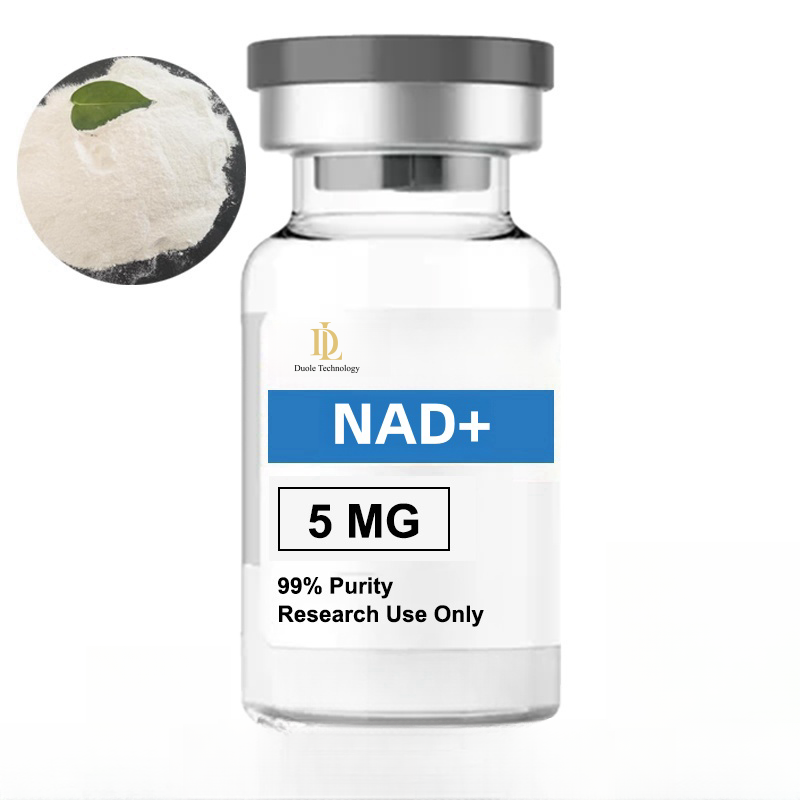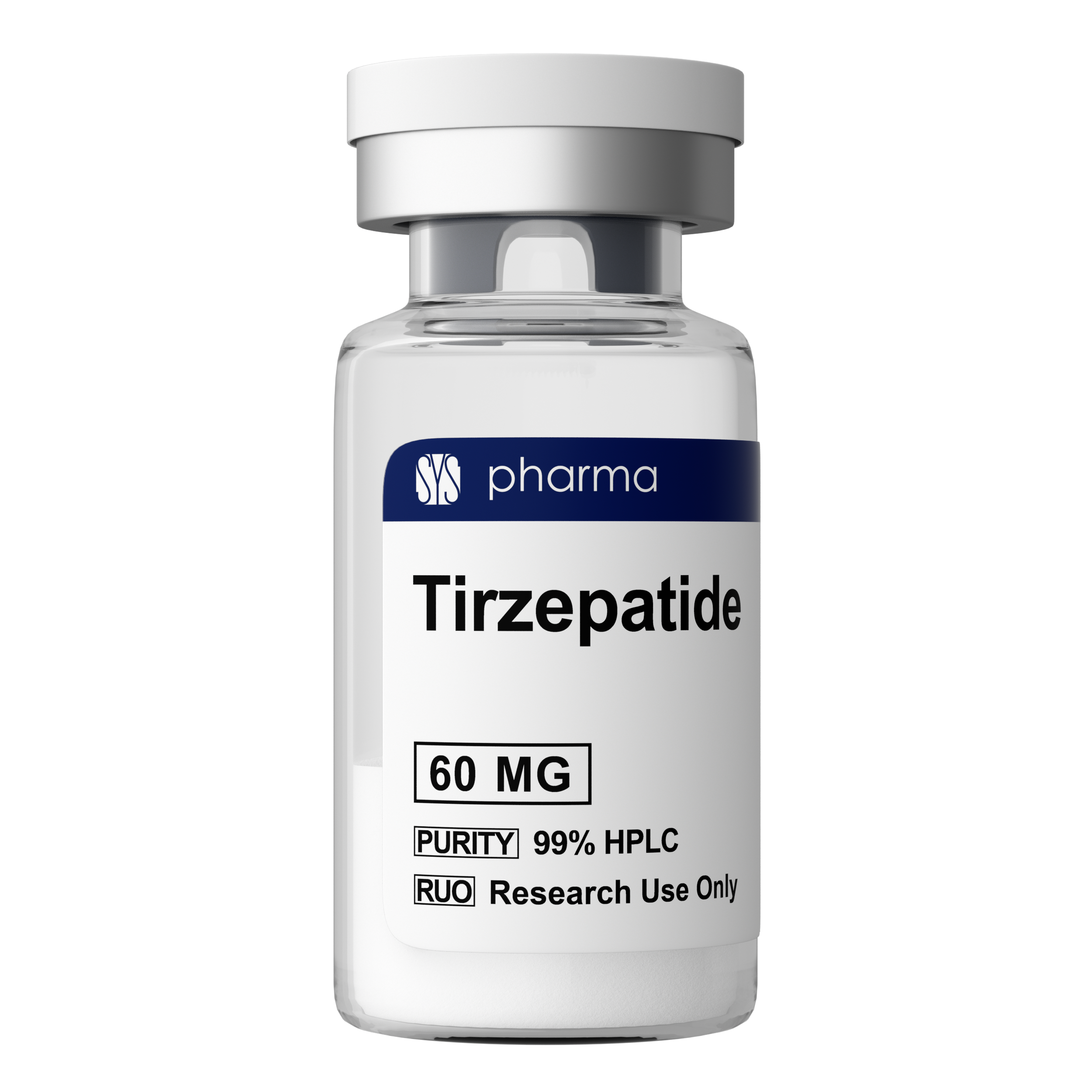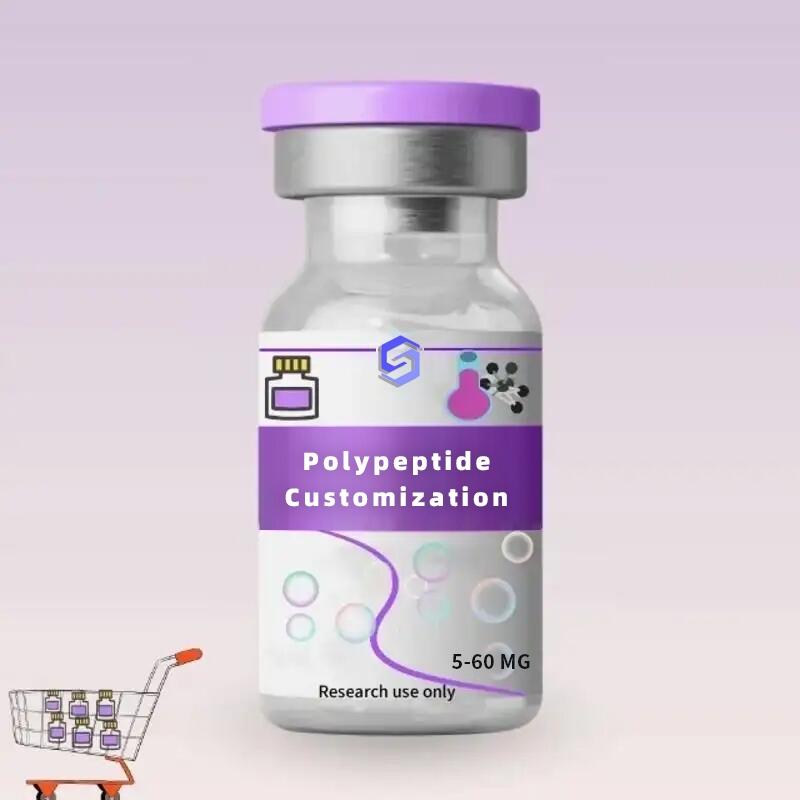-
Categories
-
Pharmaceutical Intermediates
-
Active Pharmaceutical Ingredients
-
Food Additives
- Industrial Coatings
- Agrochemicals
- Dyes and Pigments
- Surfactant
- Flavors and Fragrances
- Chemical Reagents
- Catalyst and Auxiliary
- Natural Products
- Inorganic Chemistry
-
Organic Chemistry
-
Biochemical Engineering
- Analytical Chemistry
-
Cosmetic Ingredient
- Water Treatment Chemical
-
Pharmaceutical Intermediates
Promotion
ECHEMI Mall
Wholesale
Weekly Price
Exhibition
News
-
Trade Service
Just past 2020, the end of the National Health Care Drug Catalog negotiations are probably one of the most topics of concern.
price negotiations involved 162 drugs, 119 of which were successful and included six rare disease medications.
, nine new rare disease drugs (six negotiated for inclusion in category B) were added to the National Health Insurance Drug Catalog in 2019.
this point, a total of 24 rare diseases are included in the new medical insurance catalogue, which was officially implemented on March 1, 2021, involving 55 drugs, of which 15 are Class A and 40 are Class B.
, 16 therapeutic drugs treating 14 rare diseases were not included in the national health insurance list as of October 1, 2020, according to the China Research Report on Medical Security for High-Value Drugs for Rare Diseases.
Of these, five drugs have not yet been publicly sold, six drugs cost less than 100,000 yuan a year or have been generic drugs on the market, and five drugs, corresponding to five rare diseases of special treatment drugs, the annual treatment costs are more than one million yuan, and require patients to maintain the use of life.
Referring to the lowest price in the international market, the middle patient weight and usage of each disease are calculated, assuming that all registered patients can take sufficient medication and be fully reimbursed, the five high-value drugs listed for rare diseases will cost an annual limit of 3.5 billion yuan in China.
price is obviously heavy if it is borne entirely by the individual.
of rare diseases in and outside the national medical insurance catalogue are faced with different market conditions and should be used with different market strategies.
Use of rare disease drugs in the health insurance catalog Although some universal and commercial medical insurance also have payment support for rare disease drugs, but has entered the national health insurance list of rare disease drugs are better used and sufficient.
to the medical insurance fund, the use of rare disease drugs on the ground is a "national talk" price-cutting drugs at all levels of medical institutions to sell, use the opening of the situation.
for the patients concerned, we should fully understand the policy of co-payment of medical insurance for rare disease drugs, apply it to the full use, and increase the access to medicines.
for hospitals and prescribing physicians, it's important to avoid over-prescribing high-value drugs or even false pretents and fraudulent insurance.
all three are active in creating an environment for the use of drugs for rare diseases.
The supporting document for the negotiation of the medical insurance drug catalogue requires: "All localities should establish and improve the monitoring system for the landing of negotiated medicines, and regularly provide feedback to the State Health Insurance Administration on the requirements of the 2020 Drug Catalog on the use and payment of medicines."
" clinical rational use of rare disease drugs, it is necessary for the medical industry to take active responsibility and take the initiative.
whether it is "five-set" or "three-set" management, can improve the effectiveness of rare disease medication, while the convenience of patients caused some impact.
but as long as it is necessary management measures, we should stick to it and try our best to improve it.
Rare disease medication should be priced according to the current situation, the whole country is concerned about the "14th Five-Year Plan period" of the national economic activities of the new term: double cycle, the inner cycle-oriented rapid development;
the market for rare diseases really understand the "demand side"?Driven by medical innovation services such as telemedicology, specialist alliances and multidisciplinary diagnosis and treatment, the old cognition may have to be adjusted to meet reality.
the original supply of medical resources only to take care of the needs of a small group of people, there is room for release;
rare disease drugs have a unique advantage in the competition of many drugs.
First, the efficacy is obvious, good at drug economics and health technology assessment to get high score;
the supporting documents make it clear that the medical insurance department may, in consultation with the enterprise, re-establish the payment standards in the event of a major adjustment in national policy or if the actual market price is significantly lower than the agreed payment standards within the validity period.
, rare disease drugs are more likely to be for-profit pricing, monopoly pricing.
the 2020 National Health Care Drug Catalog negotiations, the annual cost of treatment for rare diseases that have not yet been on the list is very high.
"reasonable pricing" of these high-value drugs is not optimistic compared to the more than 50 drugs already on the list.
Market strategy outside the health insurance catalog For rare disease drugs that do not enter the health insurance catalog, whether high-value drugs or newly marketed drugs, it is appropriate to actively carry out drug-giving activities, especially through charitable organizations or insurance products to improve channels.
this amounts to a market-based simulation of co-payments, with corporate profits to fill the gap in medicare co-payments.
through drug-giving activities, rare disease drug-related enterprises, products to obtain actual sales, use, and then very much hope that a new round through the national medical insurance drug catalog dynamic adjustment access.
without the efforts of direct and potential users to explore the front, it is difficult for companies to impress the health insurance bureau at once.
the only way to cut prices.
the health care negotiations, the National Health Insurance Administration said: 14 anti-cancer drugs reduced prices, is expected to save cancer patients more than 3 billion yuan by 2021.
also added 17 new anti-cancer drugs, including PD-1, lenvatinib and other new drugs, the level of protection of cancer drugs in the catalogue significantly improved.
not only rare disease drugs, all higher-priced drugs should be on the road to price reduction to control the pace and gain.
a favourable trend: from 55 rare disease drugs in the catalogue to more higher-priced drugs, the health-care catalogue is tilting to support the value of drug technology and efficacy, and the width and content of this economic belt is increasing.
the supporting documents clearly state: "If there are other production enterprises in the same generic name drugs (generic drugs) listed, automatically fall within the scope of the catalog, the medical insurance department has the right to adjust the standard of medical insurance payment according to the price of generic drugs, but also has the right to include the generic name drugs in the scope of centralized procurement."
" For rare disease drugs that have entered the medical insurance catalogue, we should follow reasonable demand and reasonably meet the premise, seize the opportunity of reasonable release.
Especially during the exclusive market segment, while there is no competitive pressure to procure, there is also a risk of being replaced by other drugs with the same adaptive disorders, as well as the risk of being robbed of clinical drug cost space by different adaptive drugs, and prices, markets and opportunities to promote sales cannot be ignored.







